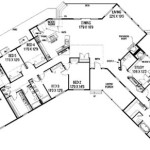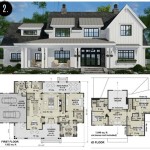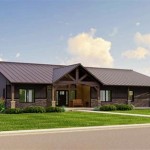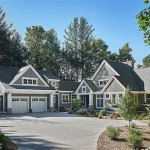Beach Home Plans On Stilts: A Guide To Elevated Living
Beachfront homes on stilts offer a unique and desirable way to capitalize on the charm and beauty of coastal living. These elevated dwellings possess a distinct aesthetic appeal, providing panoramic views, protection from storms and flooding, and a seamless connection with the natural environment. This article explores the essential considerations and advantages of constructing a beach home on stilts, providing insights into designing and building such structures for a comfortable and enjoyable coastal lifestyle.
Design Considerations and Benefits
Designing a beach home on stilts necessitates careful planning to ensure structural integrity, aesthetic appeal, and optimal functionality. The primary objective is to achieve a balance between maximizing the home’s living space, incorporating the desired design elements, and ensuring a secure foundation that can withstand the unique challenges posed by coastal environments.
One of the primary benefits of building a beach home on stilts is the unobstructed views. The elevated position allows for expansive vistas, creating a sense of openness and connection with the surrounding landscape. This vantage point also provides an unparalleled view of the ocean, sunsets, and the dynamic play of the tides.
Another significant advantage is protection from storms and flooding. Stilt foundations raise the structure above potential floodwaters, reducing the risk of damage during hurricanes or significant weather events. This elevated position also allows for better air circulation, helping to prevent moisture buildup and reduce the risk of mold growth.
Stilts Types and Materials
The type of stilts used for a beach home depends on factors such as the soil conditions, the desired height, and the home's overall design. Common stilt options include:
Concrete Piles: Durable and robust, these stilts provide exceptional stability and can withstand significant weight loads. They are often the preferred choice for homes in areas prone to severe weather conditions. However, installing concrete piles can be expensive, and the process can be intrusive due to the need for excavation.
Steel Piles: Steel piles offer excellent strength and resilience, and they are often used in conjunction with concrete for added support. Compared to concrete piles, steel piles are less intrusive to install and can handle significant lateral forces. However, they can be susceptible to corrosion, requiring regular maintenance and protection.
Wood Pilings: Traditionally used for beach homes, wood pilings offer a more affordable and natural look. However, they require regular maintenance and may not be suitable for all soil conditions or heavy loads. Treated lumber is often used to increase durability and resist rot and insect infestation.
Building Regulations and Permitting
Building a beach home on stilts requires adherence to local building codes and regulations, which may vary depending on the specific geographic location. These regulations are designed to ensure the safety and stability of the structure and to minimize potential environmental impact. It is crucial to consult with local authorities to acquire necessary permits and understand the specific requirements for building on stilts in the desired location.
Local building codes often specify the minimum height and maximum distance between stilts, depending on the expected wave heights and flooding potential. These regulations may also address the use of specific materials, fire safety measures, and the need for environmental impact studies, especially when building on beaches or coastal areas.
Environmental Considerations
Building on stilts in a coastal environment can have both positive and negative environmental impacts. It is essential to consider these effects during the design and construction phases. One positive impact is the potential to minimize the footprint on the beach or dune system, preserving natural habitats and minimizing erosion. However, the construction process itself can disrupt the environment, and the use of certain materials can contribute to pollution.
To mitigate these environmental impacts, consider using sustainable materials, minimizing site disturbance during construction, and implementing erosion control measures to protect the shoreline. Consulting with environmental experts and incorporating eco-friendly design practices can help ensure that the home's construction and future use have a minimal negative impact on the surrounding environment.

Home Plan 003 127 Great House Design

Plan 44026td Classic Florida Er Beach House Plans Coastal

House Design Plan Ch539 3 Stilt Plans On Stilts Carriage

Beach House Plans Coastal Home Flooring

Features Of Luxury Waterfront Homes Babb Custom

Beach House Plans Archives From Home Designs

Beach House Plans Archives From Home Designs

Home Plan Ch464

Elevated Piling And Stilt House Plans Coastal From Home

Beach House Plans Archives From Home Designs








